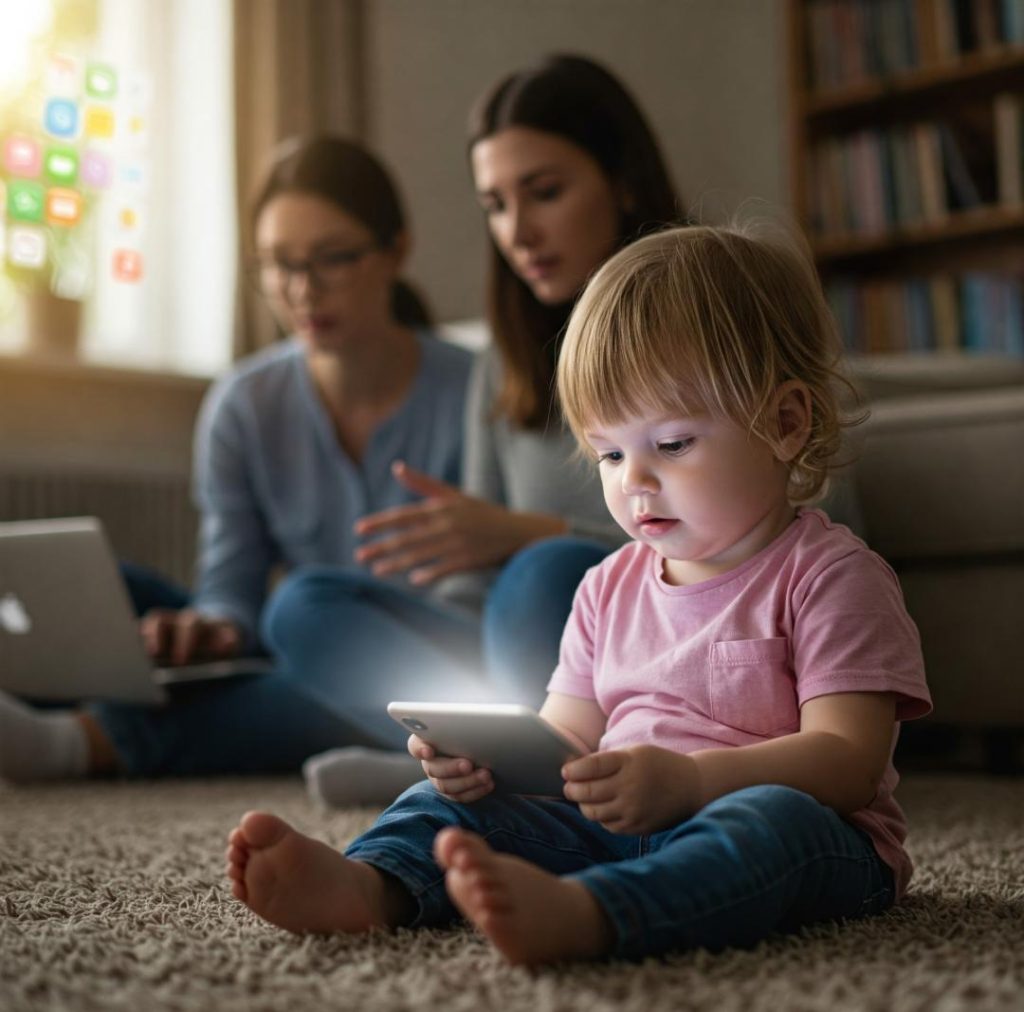
Parenting, Screens & Conditioning: A Digital Age Concern
The digital age has revolutionized the way we live, communicate, and access information. However, it has also raised concerns about the impact of screens on children’s behavior and development. A recent incident in Jammu & Kashmir, where a child was found watching adult content on YouTube despite having the restricted mode enabled, has sent shockwaves across the nation. This incident highlights the poor screen regulation and lack of parental interaction that is prevalent in today’s tech-driven world.
As parents, it is our responsibility to ensure that our children are not only exposed to appropriate content but also learn healthy habits and coping mechanisms to deal with the pressures of the digital world. But how can we achieve this? The answer lies in understanding the concept of classical conditioning and mindful parenting.
The Power of Classical Conditioning
Classical conditioning is a psychological phenomenon discovered by Ivan Pavlov, where a neutral stimulus is associated with an unconditioned stimulus to elicit an unconditioned response. In the context of parenting and screens, classical conditioning can be applied to understand how our children’s behavior is shaped.
For instance, when a child is exposed to a particular stimulus, such as a video or game, and is rewarded with attention or praise, they may associate that stimulus with a positive outcome. Over time, this association can lead to a conditioned response, where the child craves that particular stimulus to feel rewarded or validated.
This is where mindful parenting comes in. By being aware of the stimuli that our children are exposed to, we can take steps to condition them to develop healthy habits and behaviors. For example, by limiting screen time and encouraging outdoor play, we can condition our children to associate physical activity with fun and relaxation.
The Role of Mindful Parenting
Mindful parenting is a approach that emphasizes the importance of being present and aware in our interactions with our children. It involves setting clear boundaries, being consistent, and modeling the behavior we want to see in our children.
In the context of screens, mindful parenting means setting limits and guidelines for screen time, monitoring our children’s online activities, and having open and honest conversations with them about the potential risks and consequences of excessive screen use.
It also means being aware of our own behavior and the messages we send to our children through our actions. For instance, if we are constantly checking our phones or watching TV, our children may associate these behaviors with relaxation and leisure time.
The Importance of Parent-Child Interaction
Parent-child interaction is a crucial aspect of child development and is essential for shaping children’s behavior. In today’s tech-driven world, it is easy to get caught up in the convenience and efficiency of screens, but this can come at the cost of meaningful interactions with our children.
Research has shown that children who have more positive and supportive relationships with their parents tend to have better mental health, academic performance, and social skills. In contrast, children who have limited parental interaction and exposure to screens tend to have higher levels of anxiety, depression, and aggression.
Conclusion
The incident in Jammu & Kashmir highlights the need for parents to take a proactive approach to regulating screens and conditioning their children to develop healthy habits and behaviors. By understanding the concept of classical conditioning and practicing mindful parenting, we can help our children navigate the digital age and develop the skills they need to succeed in life.
As parents, it is our responsibility to set clear boundaries, monitor our children’s online activities, and have open and honest conversations with them about the potential risks and consequences of excessive screen use. We must also prioritize parent-child interaction and make time for meaningful conversations and activities that promote emotional bonding and connection.
By taking these steps, we can help our children develop the skills and habits they need to thrive in today’s digital age and build a brighter future for themselves and for society as a whole.






